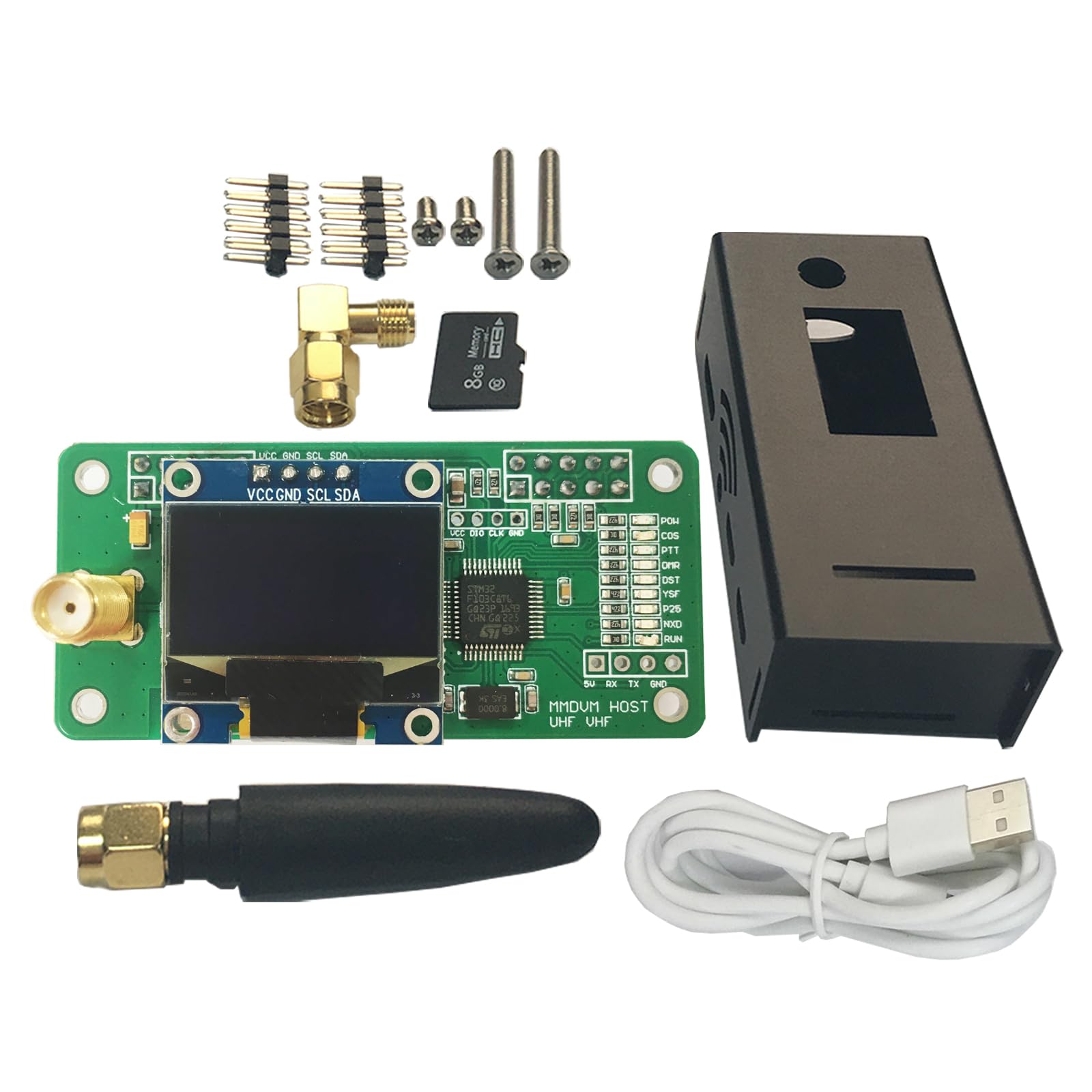Why I’m Reluctant to Get a Raspberry Pi Hotspot for Ham Radio

As a ham radio enthusiast, I’ve always enjoyed exploring new technologies and pushing the boundaries of communication. From local repeater operations to contesting, the thrill of discovery has been a driving force in my hobby. So, when I first heard about Raspberry Pi hotspots for ham radio, I was intrigued—but as time has gone on, I’ve found myself reluctant to dive into this particular trend.
Here’s why.
The Allure of the Raspberry Pi Hotspot
There’s no denying the appeal of a Raspberry Pi-based hotspot. These compact, DIY devices allow you to connect to digital voice networks like DMR, D-STAR, and Yaesu System Fusion from virtually anywhere. With just a small Raspberry Pi, a hotspot board, and some software, you can access a world of ham radio operators at the click of a button.
The possibilities are exciting:
•Accessing networks outside your local repeater range
•Experimenting with digital modes in a cost-effective way
•Creating a portable setup for traveling or field operations
For many hams, these hotspots are game-changers. And yet, something keeps holding me back.
Why I Haven’t Jumped on the Bandwagon
It Feels Too Disconnected
One of the things I love most about ham radio is the sense of connection—both technical and personal. There’s something deeply satisfying about fine-tuning your antenna, troubleshooting signal issues, or making that perfect DX contact.
With a Raspberry Pi hotspot, a lot of that tangible connection is replaced by an internet-based system. While the communication itself still happens over RF at some level, the reliance on the internet feels like a step away from the traditional ham radio experience I value.
It’s Yet Another Gadget to Maintain
Let’s face it—our shacks are already full of equipment that demands regular updates, troubleshooting, and maintenance. Adding a Raspberry Pi hotspot to the mix means keeping track of yet another device, another software stack, and another potential point of failure.
While I enjoy tinkering, I’m cautious about adding complexity to my setup. The last thing I want is to spend more time fixing things than actually enjoying the hobby.
Cost vs. Benefit
On the surface, a Raspberry Pi hotspot is a relatively affordable project. But when you factor in the cost of the Pi, the hotspot board, the case, the power supply, and other accessories, it starts to add up.
For the same investment, I could upgrade my existing gear, try out a new antenna, or attend a hamfest. Those options feel more in line with the hands-on, technical aspect of the hobby that I love.
I’m Not Sold on the Digital Modes
Digital voice modes like DMR and D-STAR are impressive, but they haven’t yet become a central part of my ham radio experience. While I’ve dabbled in them, I find myself gravitating back to analog FM or HF bands for their simplicity and authenticity.
Investing in a hotspot feels like committing to a digital-first mindset that I’m not quite ready to adopt.
Will I Ever Make the Leap?
I’m not saying I’ll never get a Raspberry Pi hotspot. There’s a lot to like about them, and I can see the appeal for certain use cases—especially for hams who are already heavily invested in digital modes.
For now, though, I’m content to stick with what I know and love: traditional ham radio operations that focus on the raw, unfiltered joy of making contact over the airwaves.
Maybe someday I’ll take the plunge and see what all the fuss is about. Until then, I’m happy keeping things simple—and keeping my focus on the connections that make this hobby so rewarding.
73 and happy hamming!

Comments